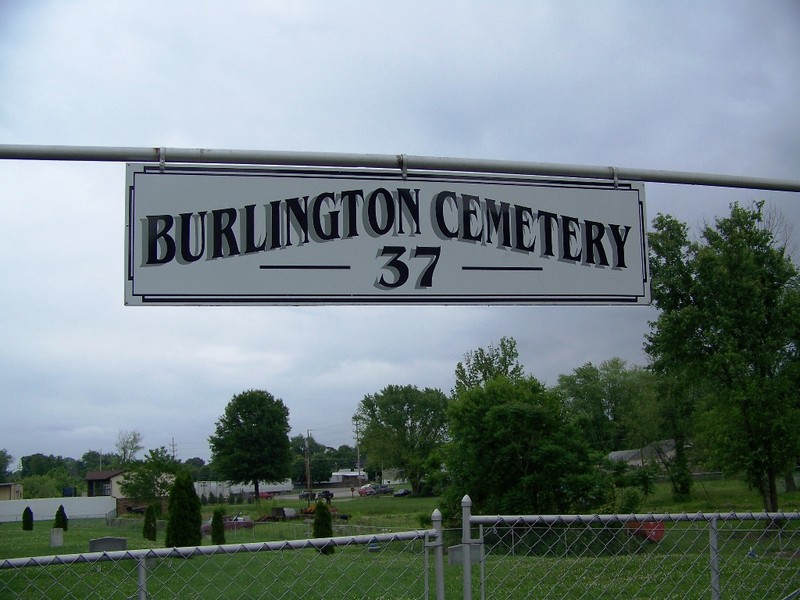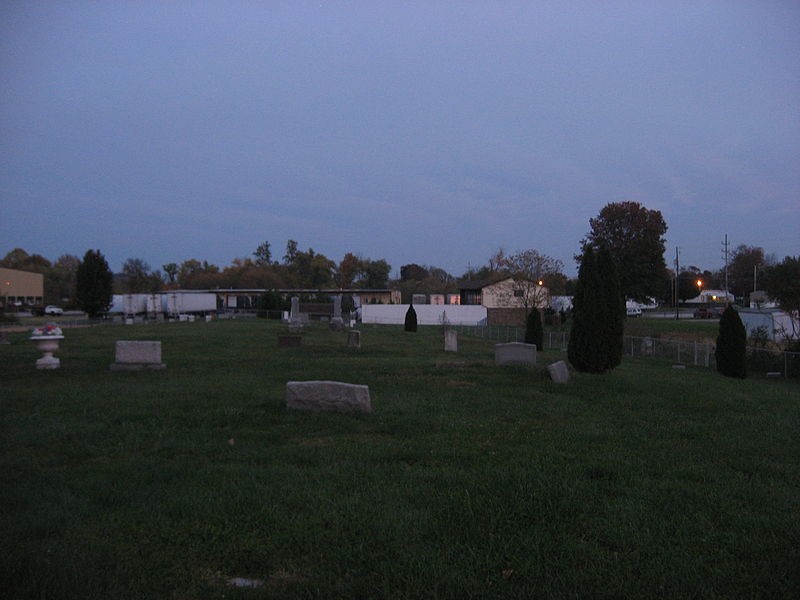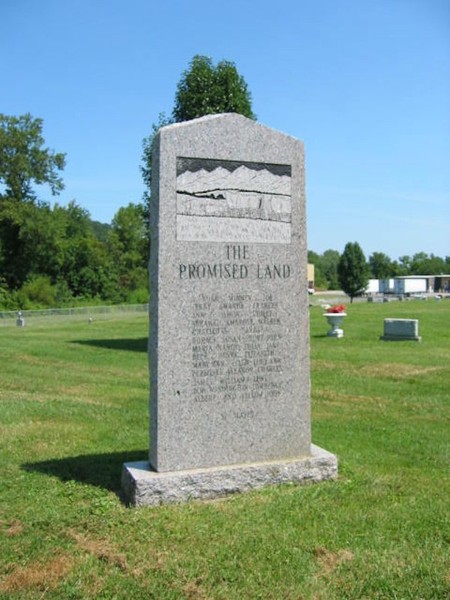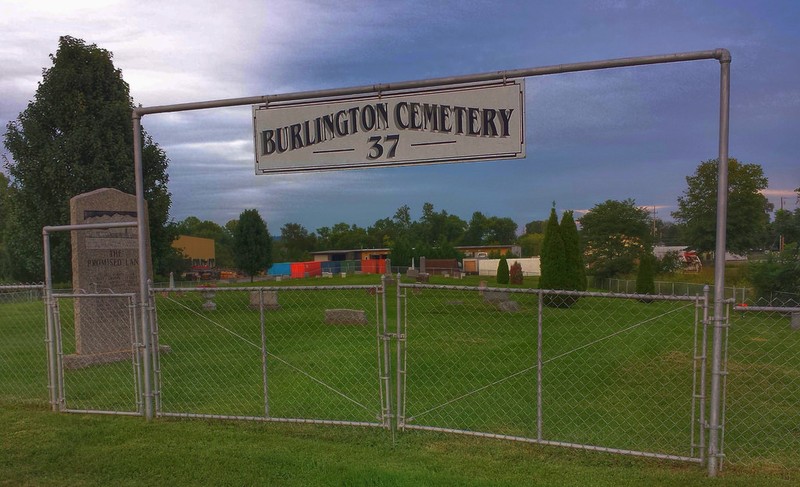Burlington 37 Cemetery
Introduction
Text-to-speech Audio
The Burlington 37 were twenty enslaved men and seventeen enslaved women who were freed by wealthy plantation owner James Twyman upon his death. The book “The Promise Land” by Earl Pratt, an Ohio lawyer from Ironton, Ohio, documented James Twyman's plantation, the 37 freed slaves, and their journey to Ohio. A monument stands at the gates of the Burlington (Ohio) 37 Cemetery, where these former slaves were buried.
Images
The cemetery entrance sign.

Another view of the headstones.

The Promised Land monument located inside the cemetery.

Another photo of the Burlington Cemetry sign.

Backstory and Context
Text-to-speech Audio
James Twyman died in February 1849 at the age of 68, and in his will, he stated that the people he held as slaves were to be freed. Twyman deemed three longtime servants, Noah, Winney, and Joe, too elderly and frail to make the journey North toward a better life, so he declared that they were to be cared for as long as they lived in Madison County, Virginia.
The thirty-seven formerly enslaved people journeyed roughly 400 miles to the point on the Ohio River where Virginia, Ohio, and Kentucky converged. (West Virginia was not a state at the time.) One of Twyman’s nephews and three other Caucasian males rode along with the group to protect them from men who sought to recapture people who sought to escape slavery.
These new Ohio citizens, known still as the “Burlington 37,” quickly acquired reputations as hardworking, upstanding members of the community. They forged a tradition that continued through generations, producing successful doctors, lawyers, teachers, business owners, and farmers throughout the region. One modern-day descendant, O.J. Mayo, was a starting guard for the Milwaukee Bucks of the National Basketball Association.
